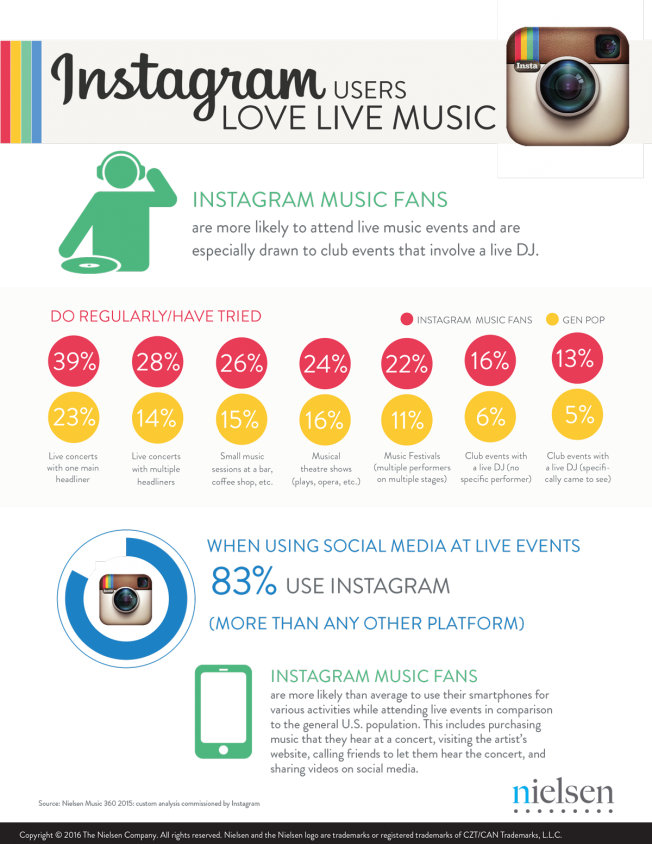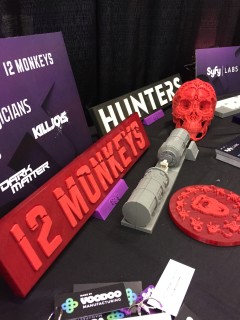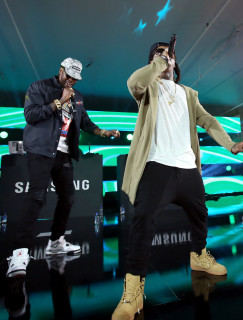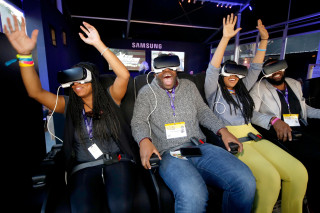With the Game Developers Conference in full swing this week, there will be thousands of indie game developers at the event looking for ways to make their game a success. Generally, these indie game makers are long on game design, programming and art, and short on marketing and basic business knowledge. I’ve been mentoring game startups for years now, and the most crucial need for indie game makers is marketing.
What follows are the five top things I tell game startups about marketing their indie games. Not coincidentally, these are also important for game marketers at companies of all sizes.
Find the game’s hooks
This is essential for any marketing strategy to succeed, and indeed for any game to be successful. What’s interesting, special and attractive about the game? In other words, what’s the hook? It’s really best to think about this before you start working on your game idea to any great degree. What is a hook? It’s something about the game that is interesting enough to make you want to play it, or better still, tell someone else about it—and ideally is also different than other similar games.
Hooks can be an unusual game mechanic, an interesting setting, an impressive graphic style, a compelling story or subject matter, a well-known person is involved with creating the game—the list goes on and on. Some games even have multiple hooks, which is certainly useful. Of course, games from big publishers always start with a hook: the publisher has a large audience to begin with, so there are automatically a lot of people who will be interested in this game.
Why is a hook so important? It’s the foundation for creating your product platform, for deciding on the product position, for determining what it is you tell people about the game when you only have one sentence in which to describe it. Those hooks will be the foundation of your PR efforts, too, the best way to get people interested enough in your game to write about. The hooks are also what fuels your fans in using social media to promote your game. Make your hooks as sharp, pointed and compelling as you can.
Identify the target audience
As you begin to think about marketing a game (which ideally happens when you begin creating the game), the fundamental question for both the game designer and the marketer is this: who is the game for? Both your game design decisions and your marketing strategy decisions will depend on this, and for much the same reasons. Don’t wait until you’ve finished a game to try and figure out who might be interested in it. Sure, you can do that, and sometimes it works—even spectacularly, as with Minecraft. (It’s a good bet that Notch had no idea his game would end up being played by ten-year-olds all over the planet.) But this is too important to leave to chance and gut instinct if you’re trying to make a living selling your game.
You may create a game that is a thing of beauty, an absolute joy to play… and find out there’s only a thousand people who would pay to play it. That’s perfectly fine as an art project, but it’s terrible if you’re trying to make enough money to pay the rent. So to forestall this dire outcome, think about your game idea and try to create a portrait of who’s likely to pay for the game. How old are they? What gender are they? How much income do they have (or have access to if they’re a kid)? What other games do they like to play? What other activities do they like?
When you answered those questions, you have some guidance as to your game design decisions and your marketing decisions. How do you find the audience for your game? Well, if you know about the potential audience, you know where they like to hang out, what social media they use, how they communicate about games, who the influencers are for their communities.
Create the game’s position
Let’s face it, while you may be in love with all sorts of things about your game, at some point there will be a player of your game who is asked by someone else “What’s that game about?” Then your game’s player will say one sentence: “Oh, it’s about…” What is that sentence going to be? You should be utterly certain you know what will be in that sentence, because it will be one of your game’s hooks. Better still, you would be the one to craft that sentence, which is so memorable, compelling, and dead-on accurate that it would be used time and again to describe your game—and so compelling that the response to hearing it is “I’ve got to get that!”
Your position statement is a one-sentence—or one-phrase—description that neatly captures the essence of your game and does it in a way that’s so compelling and memorable that people will pass it on to others virtually unchanged. That’s the ideal, anyway, though it’s not often achieved. But you should strive for it, because every game will have one whether you create it or not. That game? Oh it’s the best first-person shooter on consoles. That one? That game is like electronic Legos, it lets you create your own worlds. What about that game? Wow, it’s the most incredible 5-v-5 online battle arena game with the biggest audience and the most incredible characters.
Are those position statements? Not very good ones, but that’s how people might end up describing your game. Wouldn’t it be better if you had a great phrase already in mind to describe your game? Create that phrase, then use it everywhere when you talk about your game.
Make the game eminently shareable
Wouldn’t it be great if everyone who played your game told two other people about it, or a hundred? Or if they could make a video about your game and share it, and then people who had never played your game thought it was so cool they would link to it? That’s what positioning your game for virality can do for you. Sure, that can happen by accident—Minecraft wasn’t created with the thought that one day billions of minutes of Minecraft videos would be watched every month. But there are plenty of games that owe at least part of their success to features in the game that helped encourage players to share with others. That may be pictures of the cool farm or horse or race car you created or customized, or a video of your creation, or an amazing kill you racked up in your favorite shooter.
These things can be integrated into the game design, which is another good reason for thinking about marketing early in the design process. Even if you’re late in the development process, though, you can usually add some sort of sharing functionality so that people can make a Facebook post or readily stream the game.
In any case, spend some time thinking about why people might want to share your game, and what they might want to share. A high score? A picture? A video? Advice on tactics? There are many things people do with games that encourage sharing, and you should look for that within your design. Then find a way to make it easier for players to share. That’s only the first level of sharing, though—you really want your game to go viral, which means people will be passing along what players have shared. That’s a more difficult challenge for both design and marketing, but if you can approach it your game will have much better odds of finding a large audience.
Be as creative with marketing as you are with game design
Finally, be creative! If you’ve made a game you’ve got plenty of creativity. Put that to work on your marketing—and don’t expect it to be easy, either. You should probably expect to put in a significant fraction of the effort you put into game design, and quite possibly ultimately more if your game has a long lifespan. Think of some events to put on, wear a costume to a trade show, make a funny video about creating your game. There are endless possibilities.
If you need inspiration, check out all of the things that are trending on the Internet each day. Can you do something compelling and interesting like that connected with your game? Just make sure you avoid anything dangerous or illegal, or something that might alienate potential customers. See what is being done with other games, other products, other media, and what gets people to pay attention. Look at your hooks, your product position, examine what’s shareable about your product, and find a creative way to bring all that together. And don’t be discouraged if your first attempt doesn’t get a lot of attention—keep trying! Your game didn’t work quite right on the first try, either, so don’t expect your marketing to do that. Try and try again. Good luck!





